A video is shown at the Visitor Center that is very informative (about 12 minutes) about the geological and cultural history of the area.
The National Seashore covers a major portion of the Cape and has two Visitor Centers (Salt Pond and Province Lands). Below is a map of the park. Dogs are not permitted on any of the beaches.
We checked out the exhibits at the visitor center. The Native American people, the Wampanoag, are represented in the display shown below. Lobster has been an important food source in the cold waters of New England for thousands of years. Also shown is a sextant (navigational tool). One day I want to learn how to use on of those things!
This extensive display of scrimshaw pieces, carvings on whale teeth and bones was so impressive! They were completed by sailors on whaling voyages (that could last years) all over the world. They were given to loved ones as gifts and kept as mementoes of their travels.
Below is a Lyle gun used by life saving personnel to fire a line out to a wrecked vessel. Once secured on the vessel, a breeches buoy (rescue equipment) is sent across the line to the ship. Rescued victims ride (one-by-one) in the buoy along the line to safety on the shore. This was time consuming but proved to be an effective rescue operation that saved many lives.
A Fourth Order Fresnel lens in on display. We have seen lots of these in our travels, but I always find them interesting. Fresnel invented and revolutionized lighting technology (1822) and all lighthouses in the US had a Fresnel lens by 1862. Also shown is an elegant picnic "basket" used by wealthy tourists to Cape Cod.
Kettles (large round depressions found on Cape Cod) were formed by melting glaciers and filled with water. Salt Pond behind the Visitor Center is unique in that a channel to the ocean has caused salt water to intermingle with the fresh. The water of the pond rises and falls with the tides.
Next to the pond is this 1850s-era hay barge. Salt marsh hay was gathered for livestock bedding and feed. The boat was poled, rowed, or used sail power.
We headed out to Nauset Light Beach, but the parking areas were all full. Apparently, the local towns on Cape Cod manage the beaches along the coast. Parking is $20 regardless of how long you stay. I hopped out to snap a couple of photos of Nauset Light (original built in 1838) and the Three Sisters Lighthouses (1892).
At the Marconi Station Site, you can stand where the first transatlantic wireless message was sent from FDR to Edward VII, King of England on the South Wellfleeet Cliff in 1903.
Driving along the coast to the north, we stopped at four beaches and all of the parking lots were full (attendants collect fee and let a car park when another one leaves). This is the line to park at one of them. I hopped out again and took some photos while John waited in the car with Sadie. Lesson learned: if you want to visit a beach on Cape Cod, get there EARLY! Apparently, there are lots of sharks here due to the abundance of prey (seals). The swimmers didn't seem concerned.
Continuing north we stopped at the Highlands Center where there is a trail that allows dogs. It was the home of the North Truro Air Force Station from 1950-1985. A radar squadron was stationed here throughout the Cold War era. The only remaining dome today is used by the Federal Aviation Administration for air traffic for Logan (Boston) and JFK (NYC) airports as well as military flights. The other "tower" structure is a remnant of the original base.
Some of the buildings now house the NPS Atlantic Research Center where earth-friendly murals have been painted.
This area at Highlands Center is being used as a music venue with performances planned during the summer months.
Others buildings (barracks, etc.) are abandoned and are in various states of decay.
The Woods Walk goes through the forest where the base once was and along base roads. An abandoned helipad is shown below.
We saw lots of bright yellow American Goldfinches here. It was really hard to to capture a photo of them as they seem to always be in motion!
Highlight Light (aka Cape Cod Light) was the first lighthouse on Cape Code (1797). To preserve it, the lighthouse has been moved back from the cliffs.
There is also a Highland Light Museum (free) but we did not visit it.
We made a quick stop at beautiful Head of the Meadow Beach. At low tide, there is a wide body of sea water on the beach; perfect for kids to play in the water.
Driving through Provincetown, we went to Province Lands Visitor Center. From the second floor observation deck facing the Atlantic, we spotted several whales. Although they were pretty far away, I caught a couple of (blurry) pictures. The folks on the whale-watching cruise had a great view of them! This was one of the highlights of my day!
From the deck, we could also see the Old Harbor Life-Saving Station. There is a museum there as well, although we did not have the time to visit it (and we have visited several others along the east coast).
We had a two-hour drive back to the campground from Provincetown, but it was well worth the drive to enjoy beautiful Cape Cod. Unlike other National Seashores we have visited in other parts of the country, there is no easy way to drive through the area. Each beach is managed by the individual towns nearest to them, so there is more commercialization here than we have seen at other national seashores. It's clear that if you want to vacation here, you need to rent a house at one of the beaches and ride your bike (or walk) to the beach. But, as always, we found the history of the area fascinating. And, of course, natural beauty is spectacular.
For additional information about Cape Cod National Seashore, go to www.nps.gov/caco.
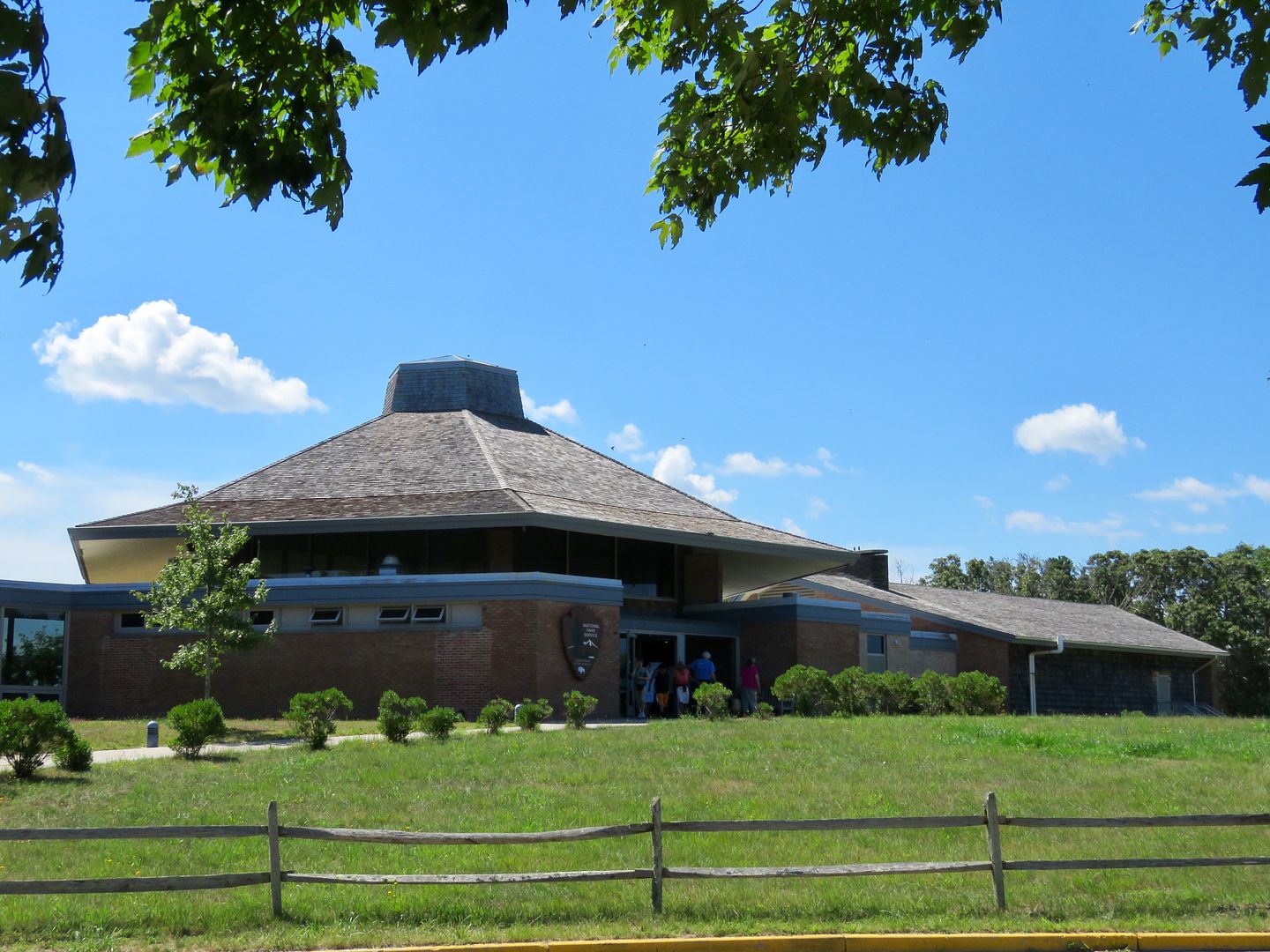

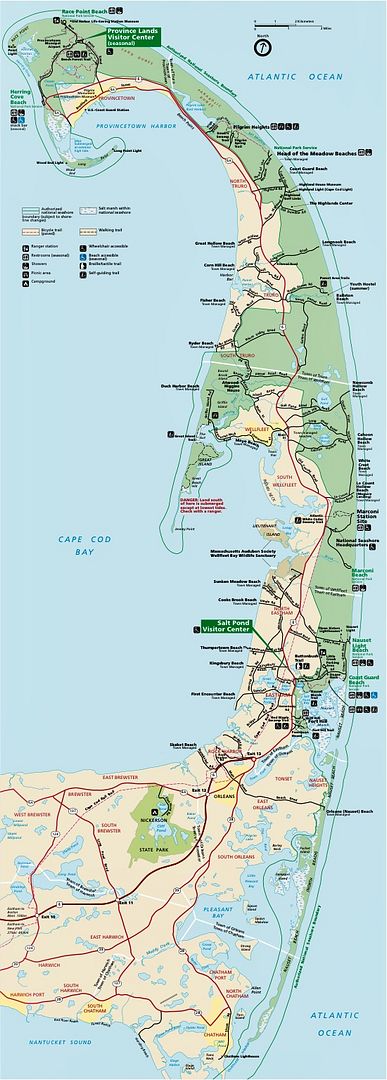
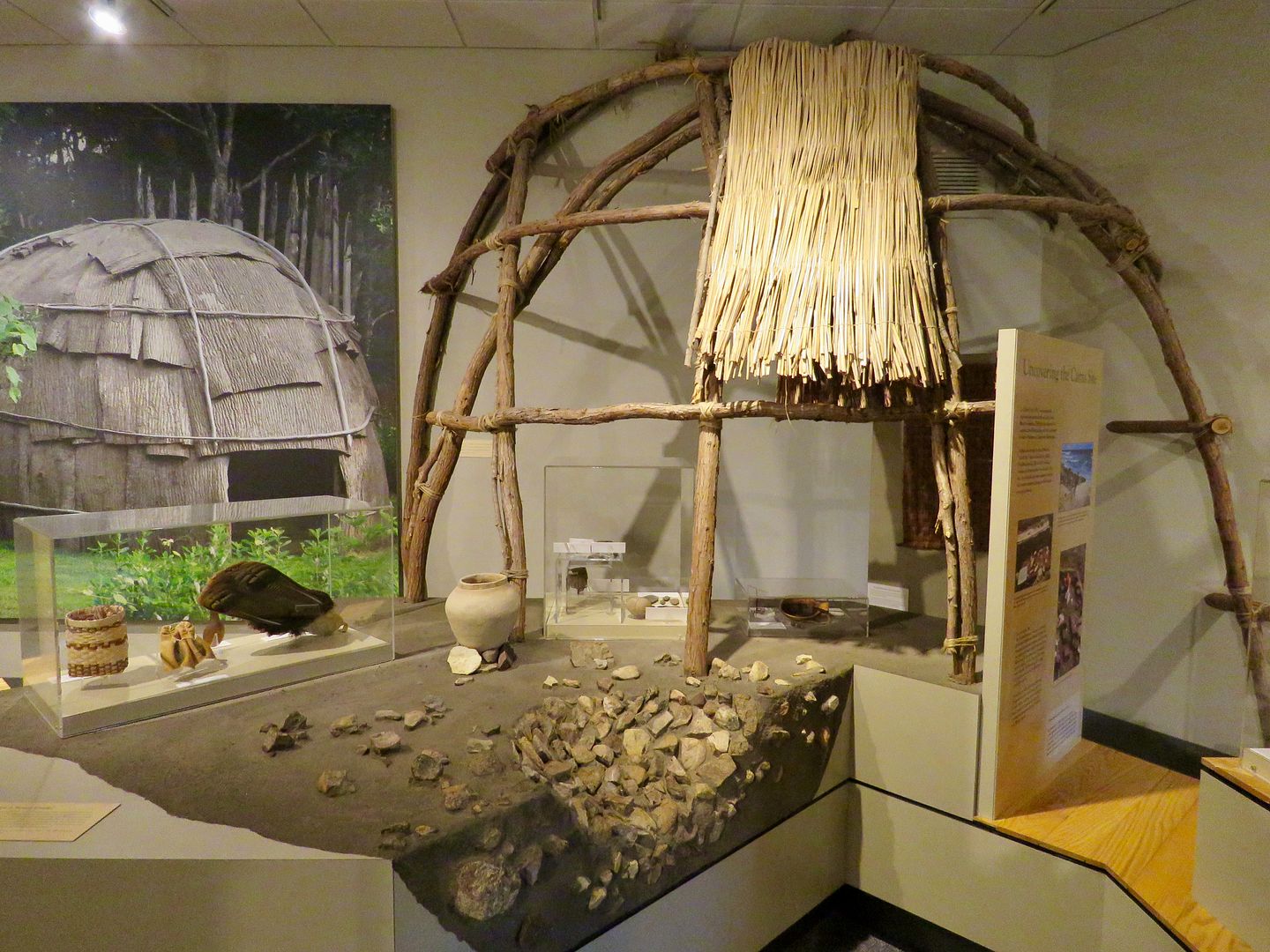
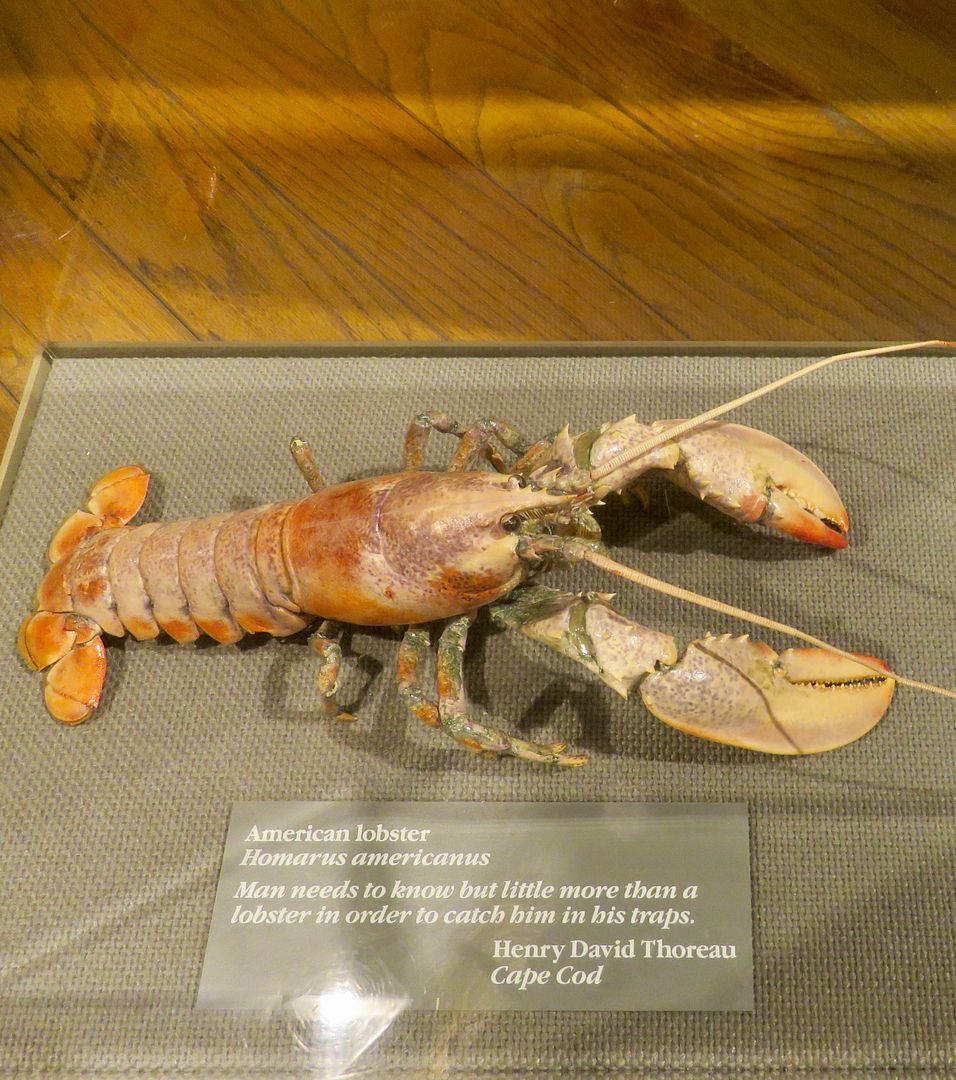


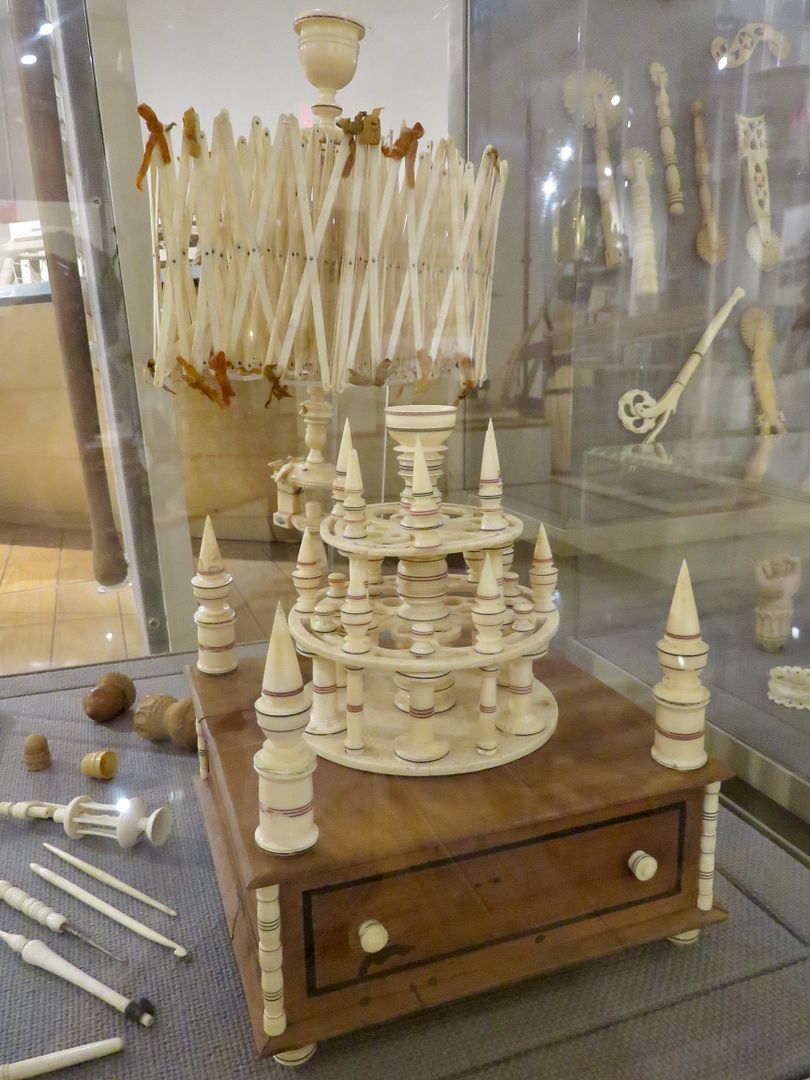
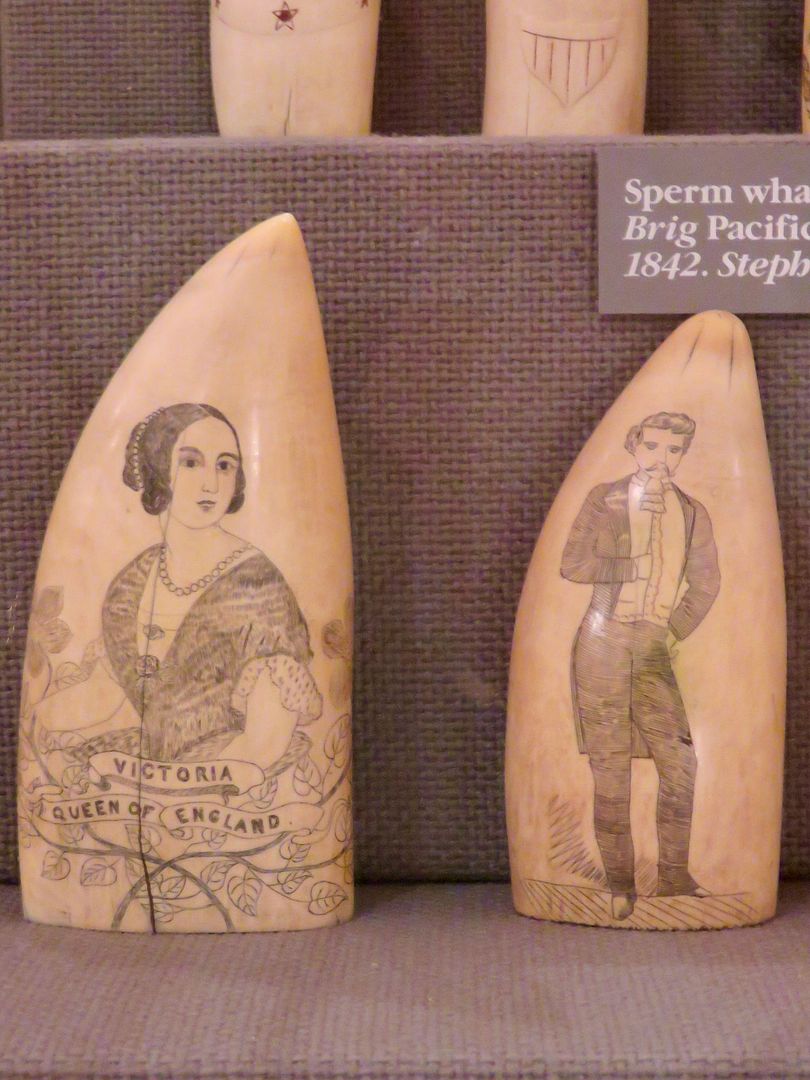
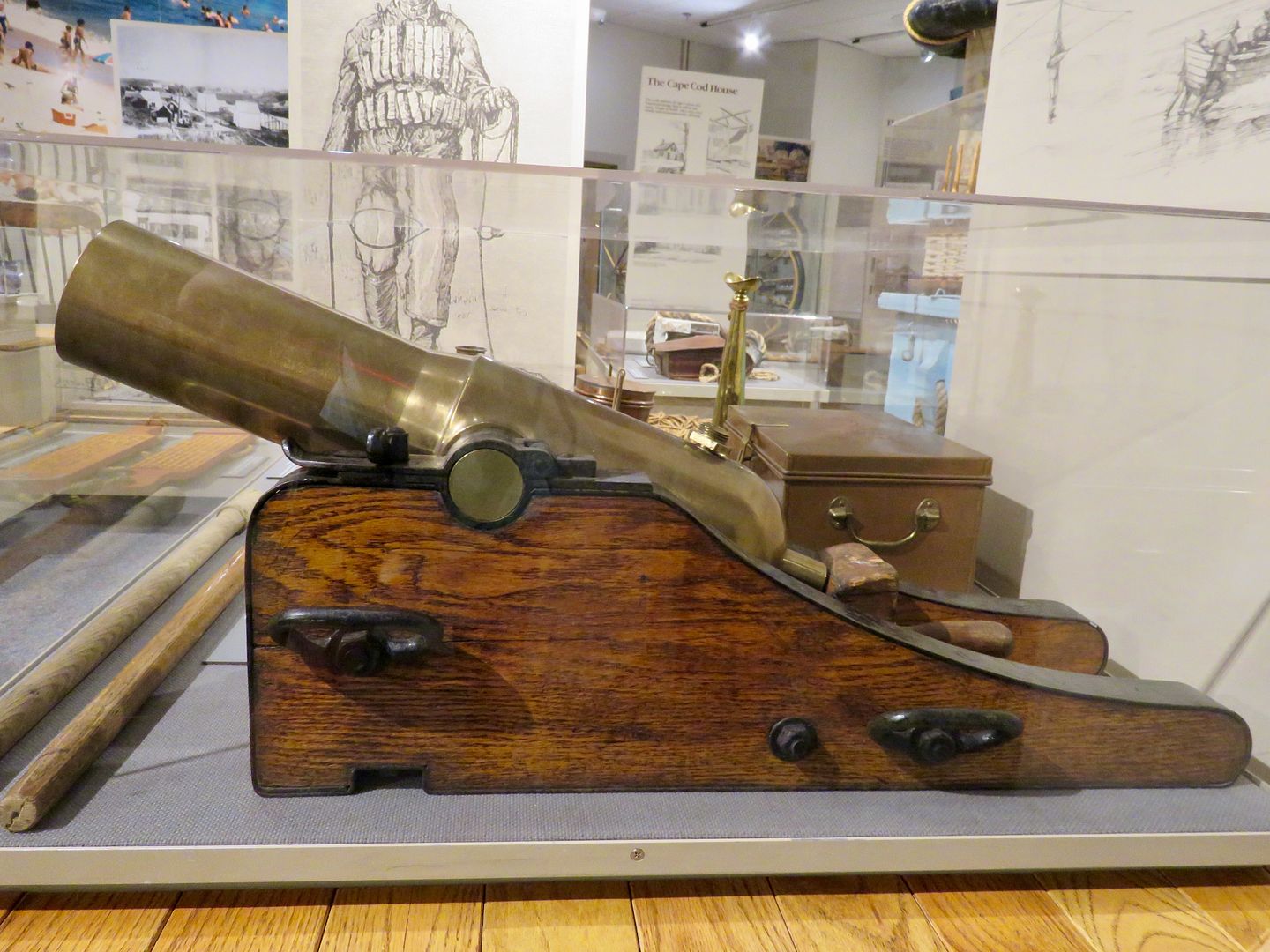

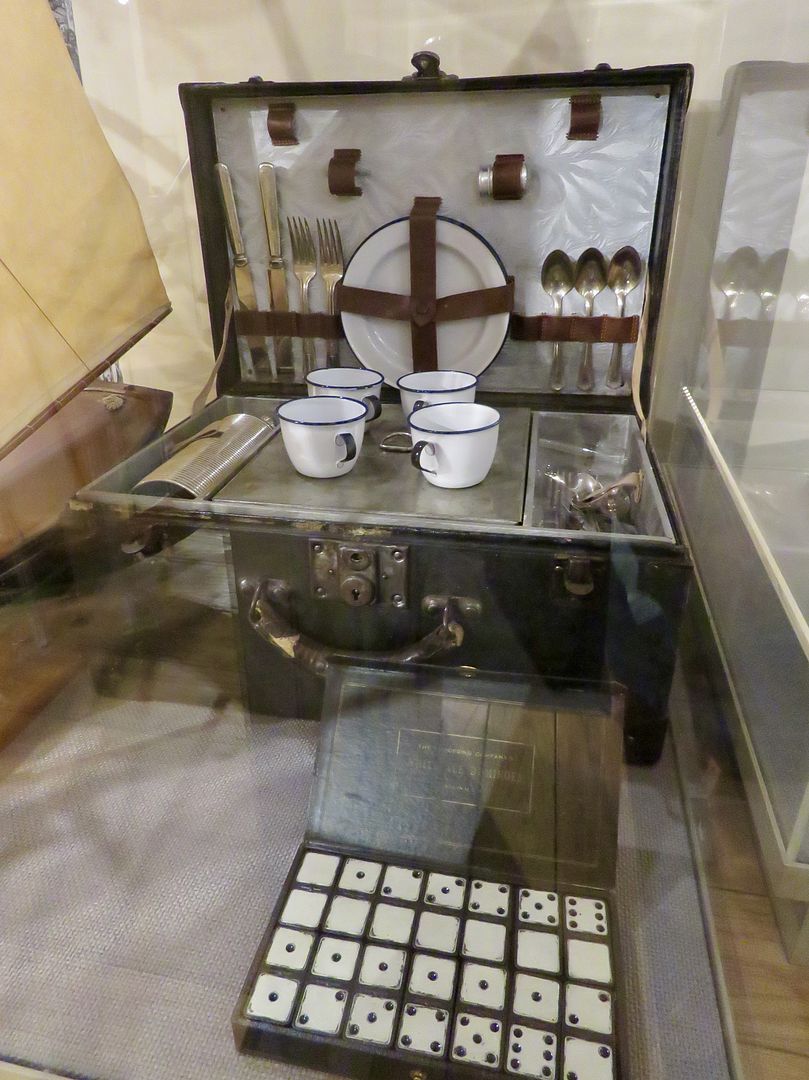
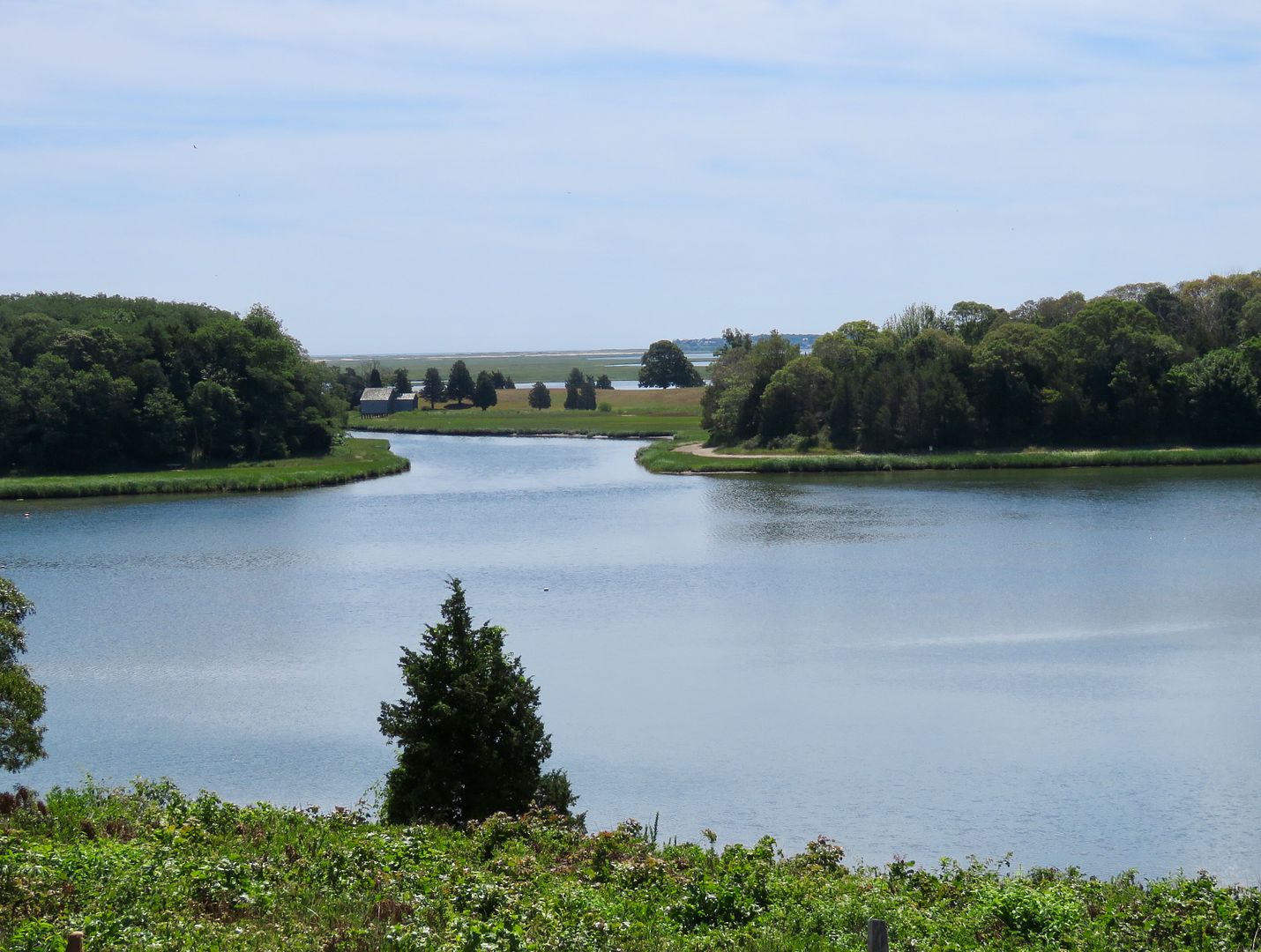

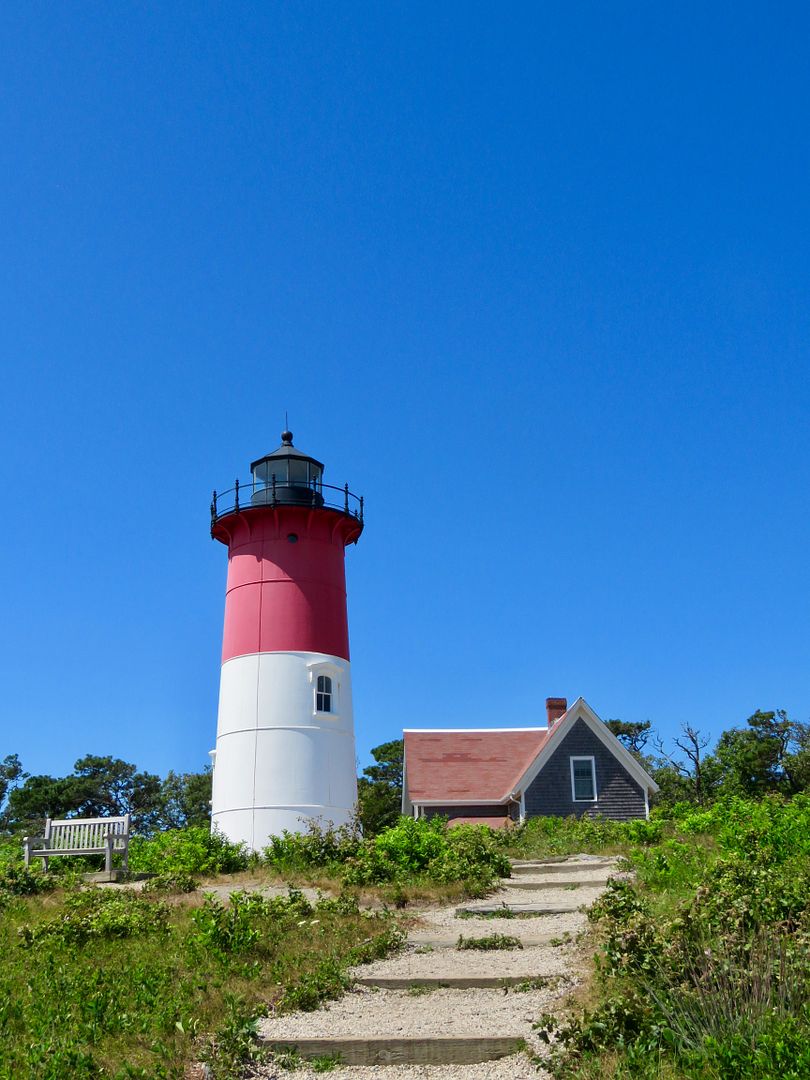

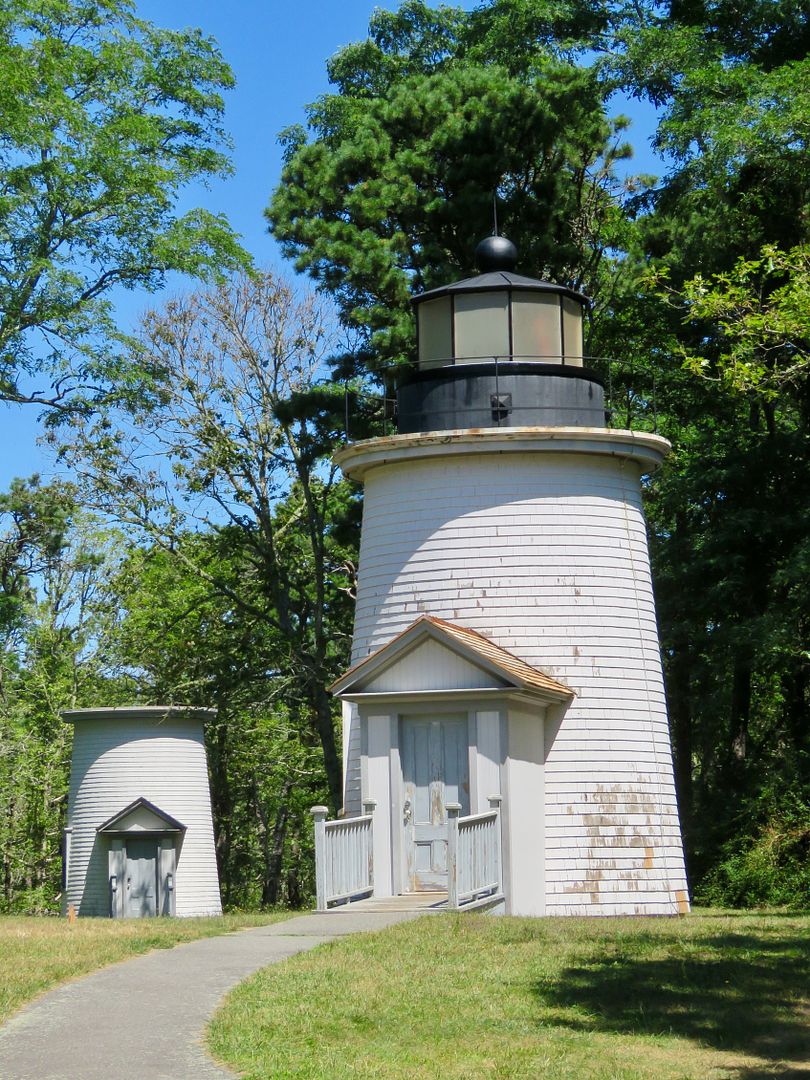

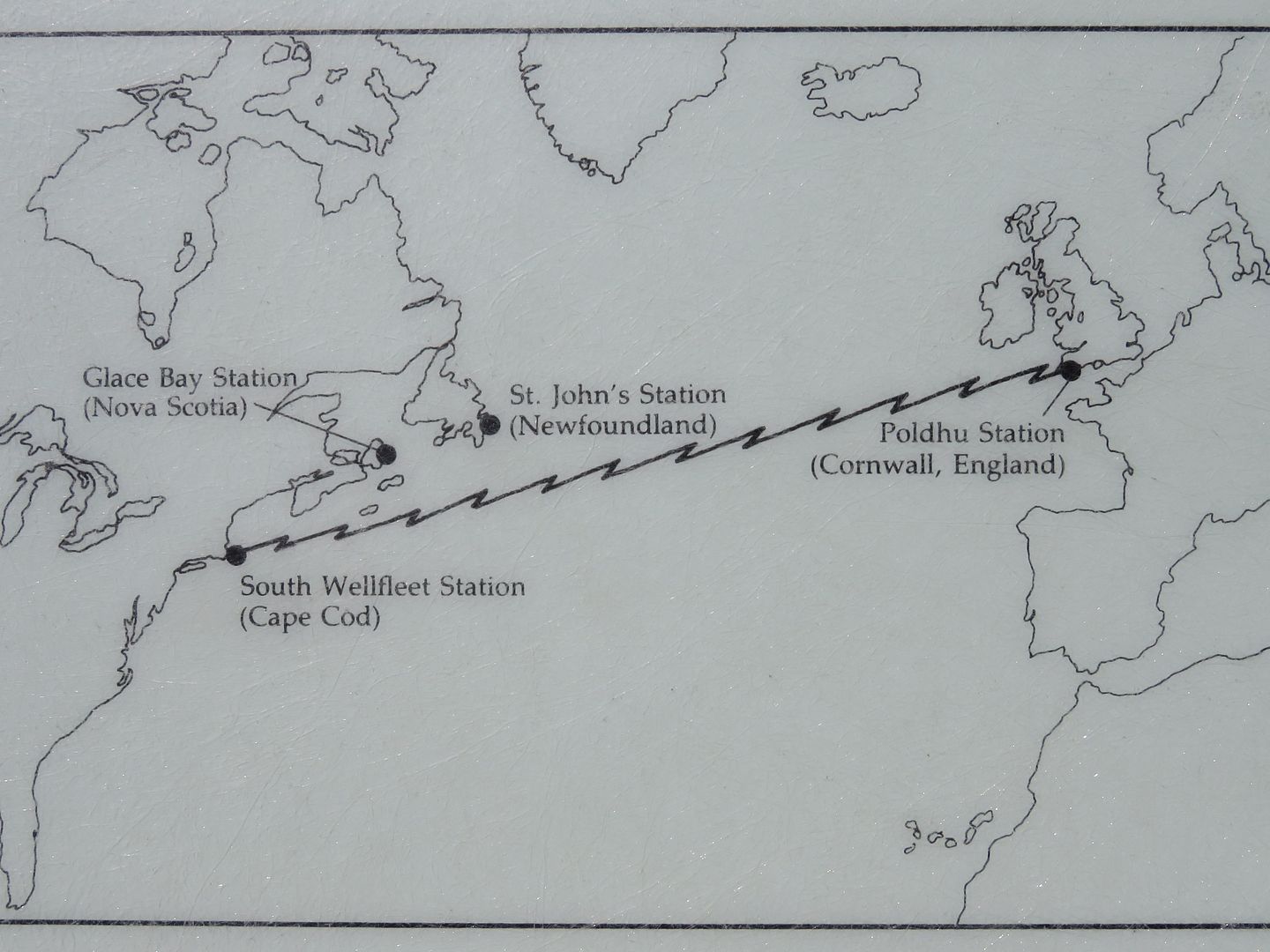

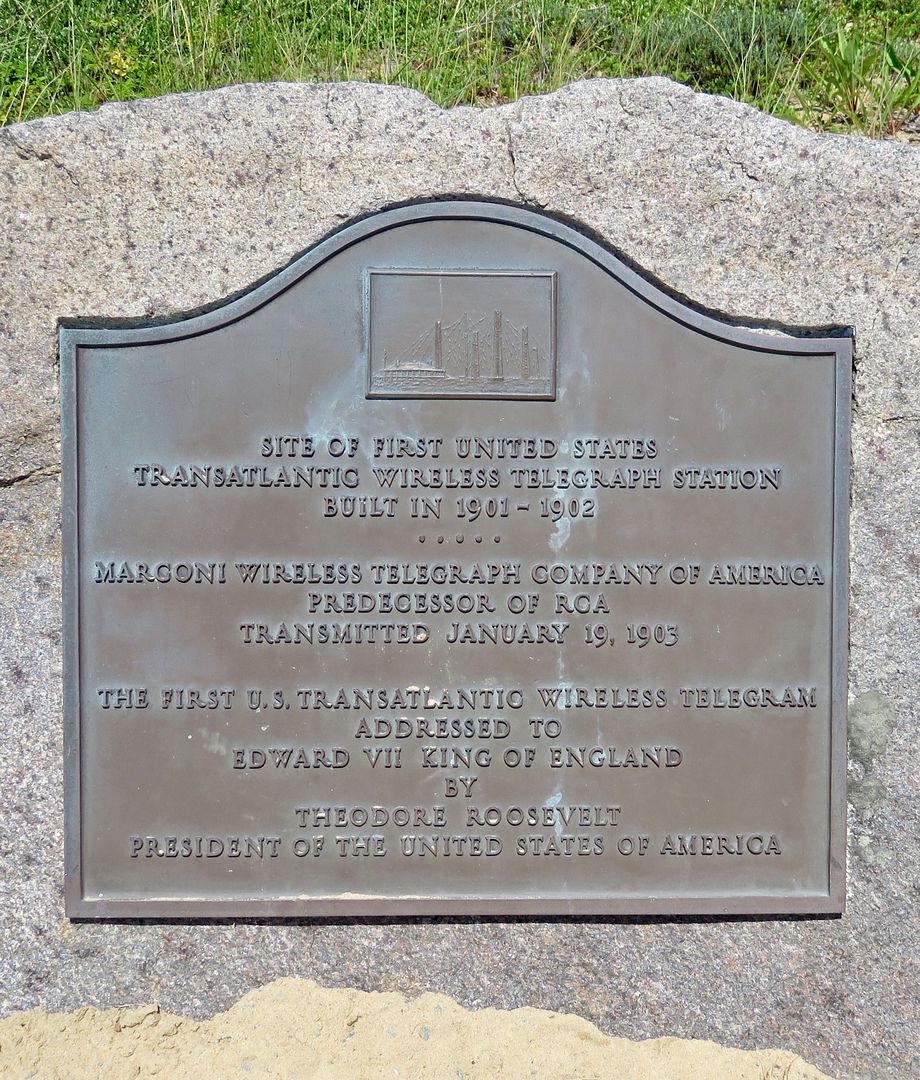

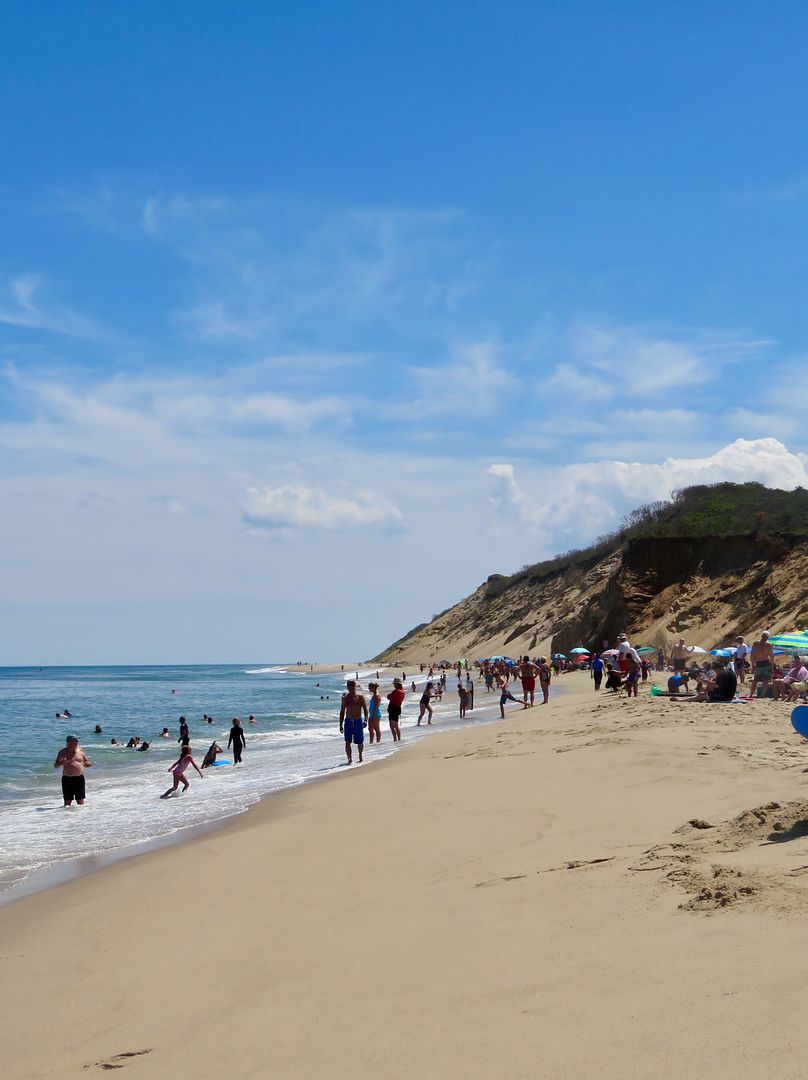
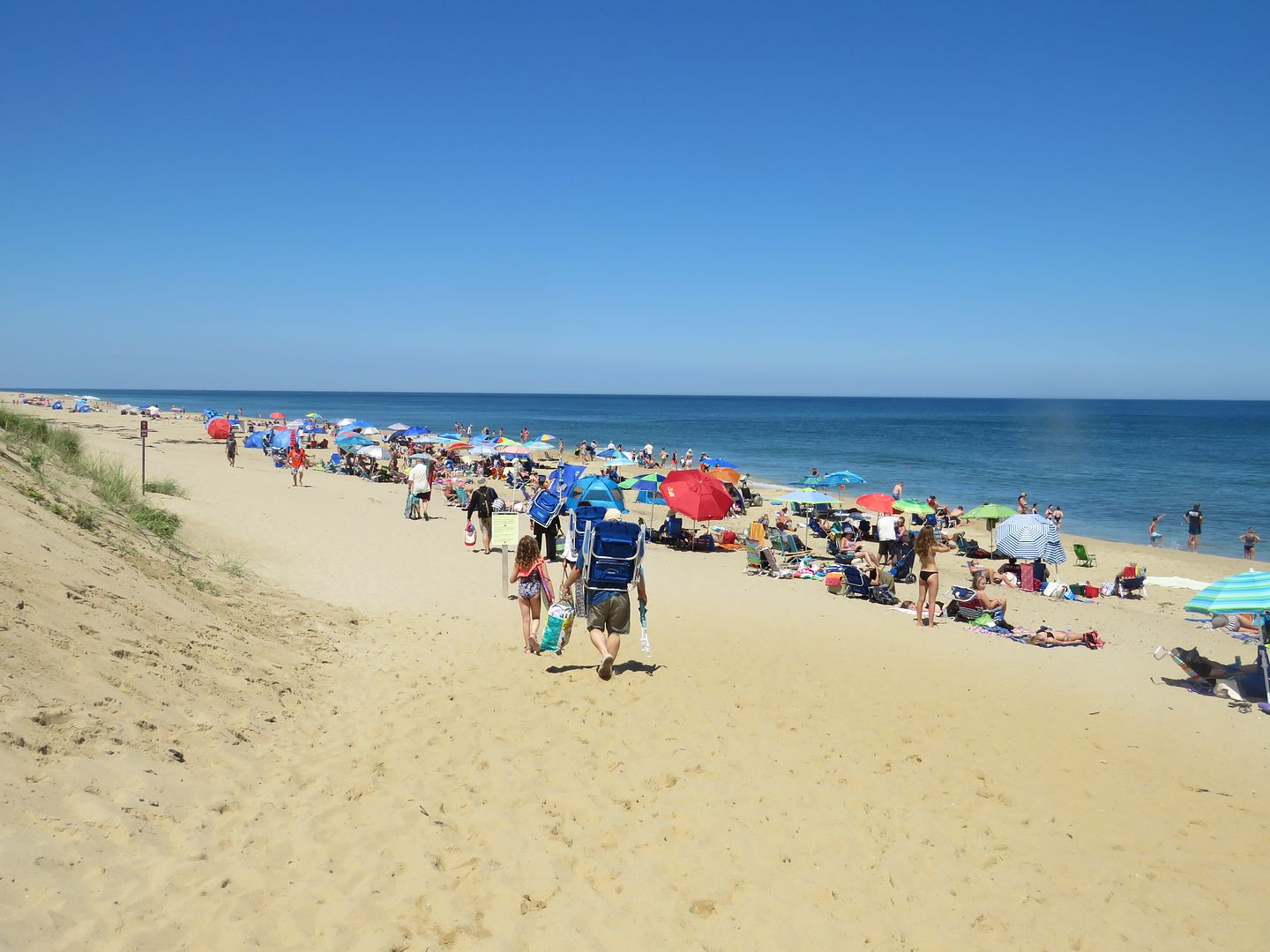

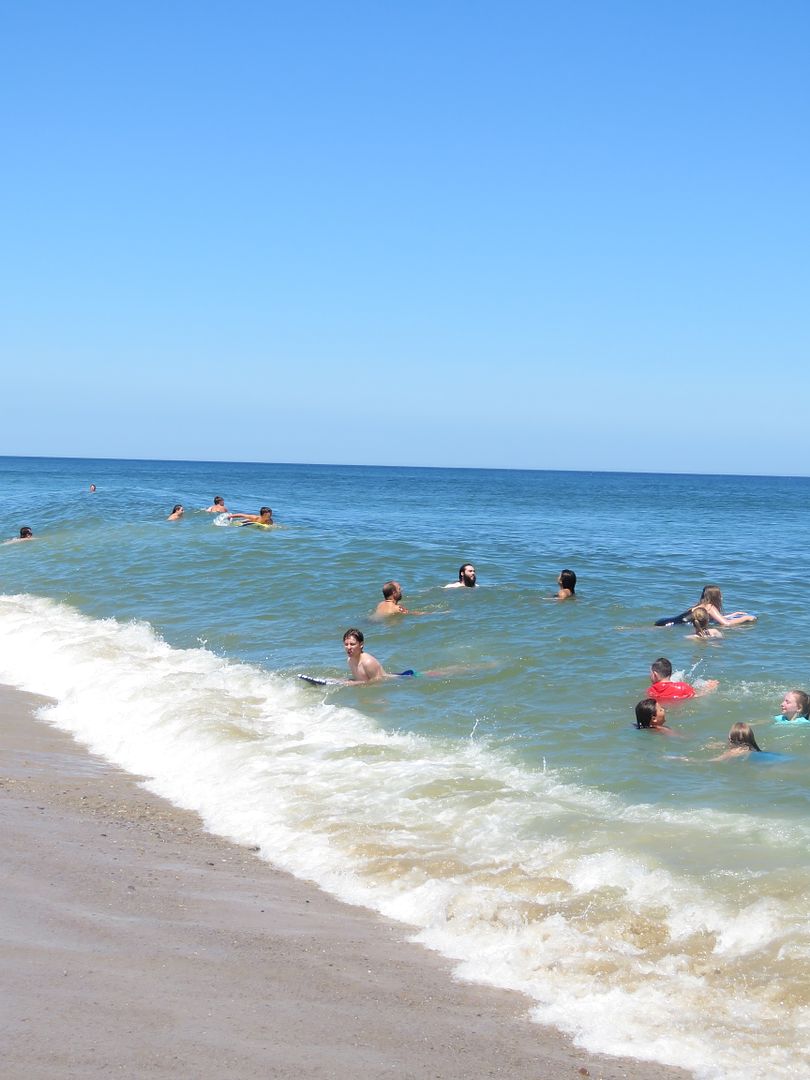
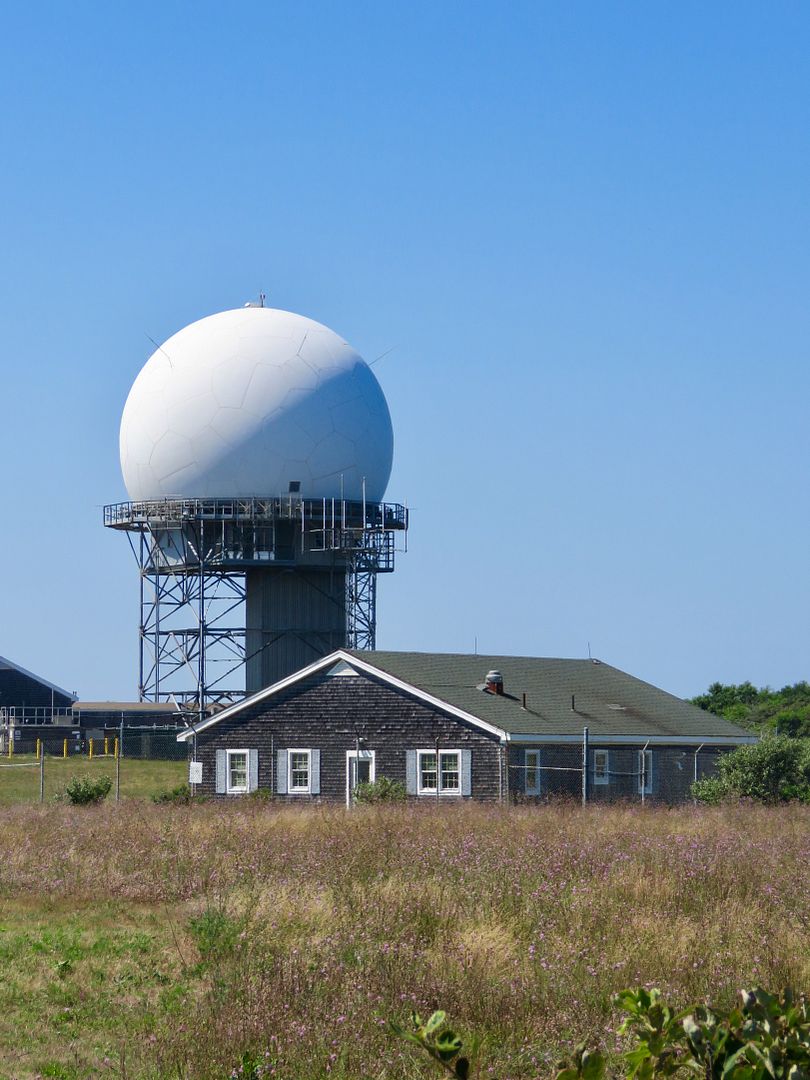

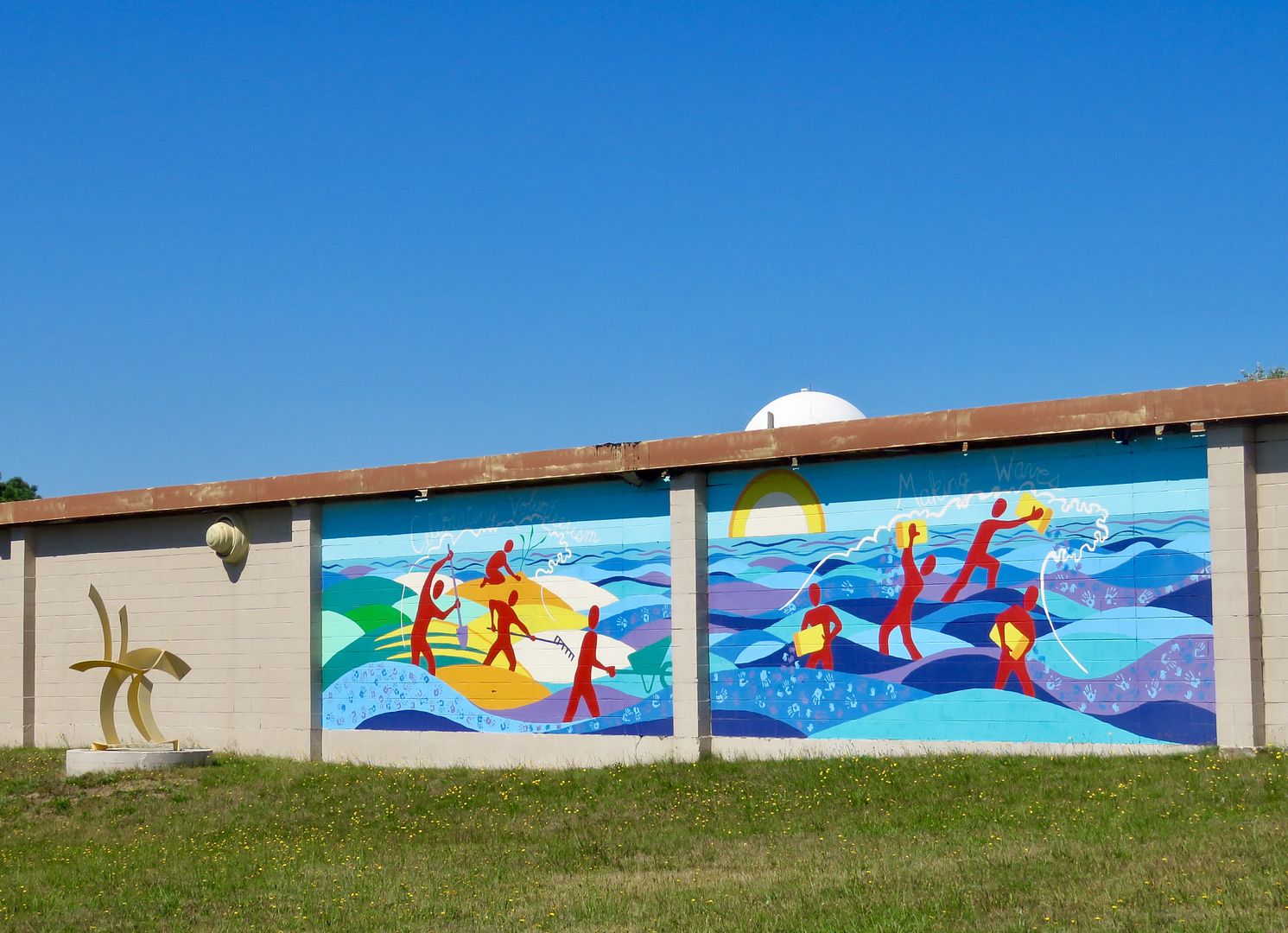

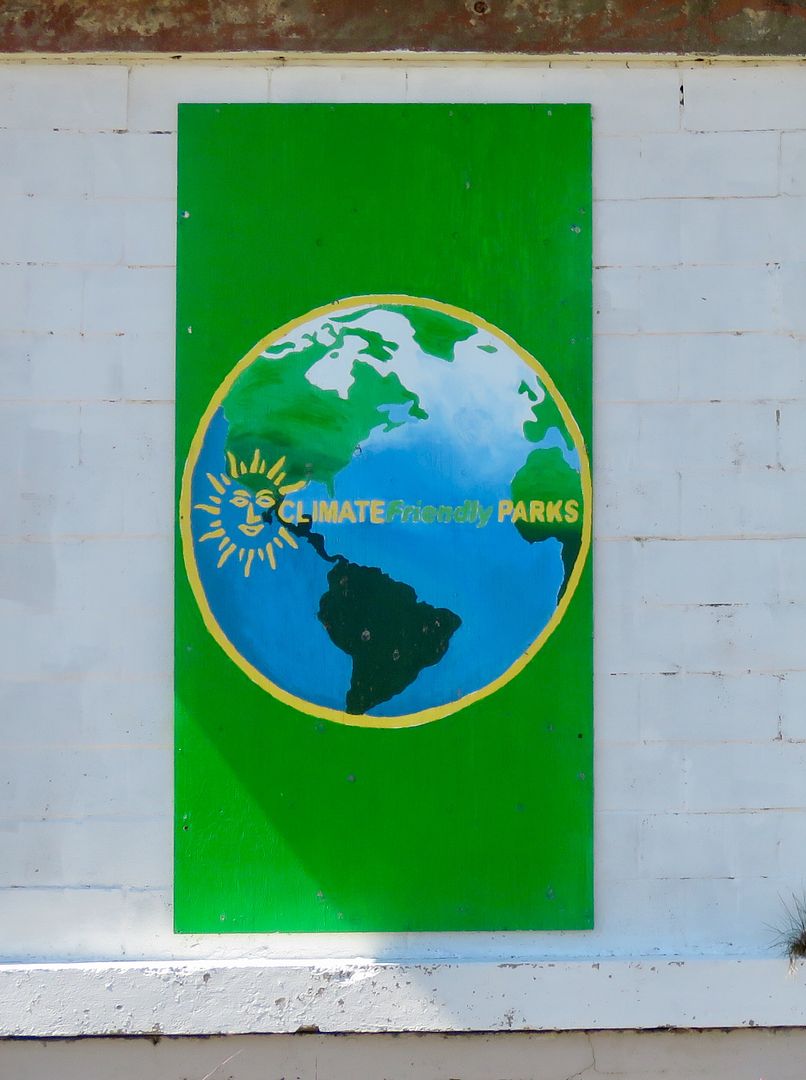

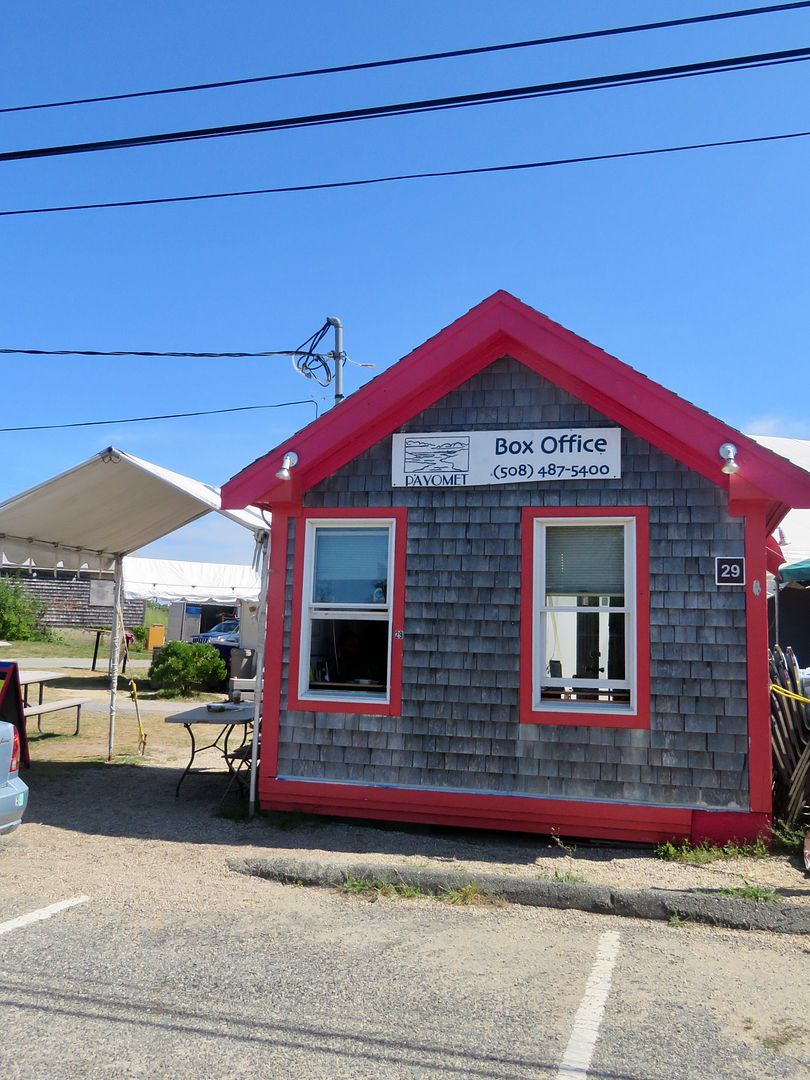

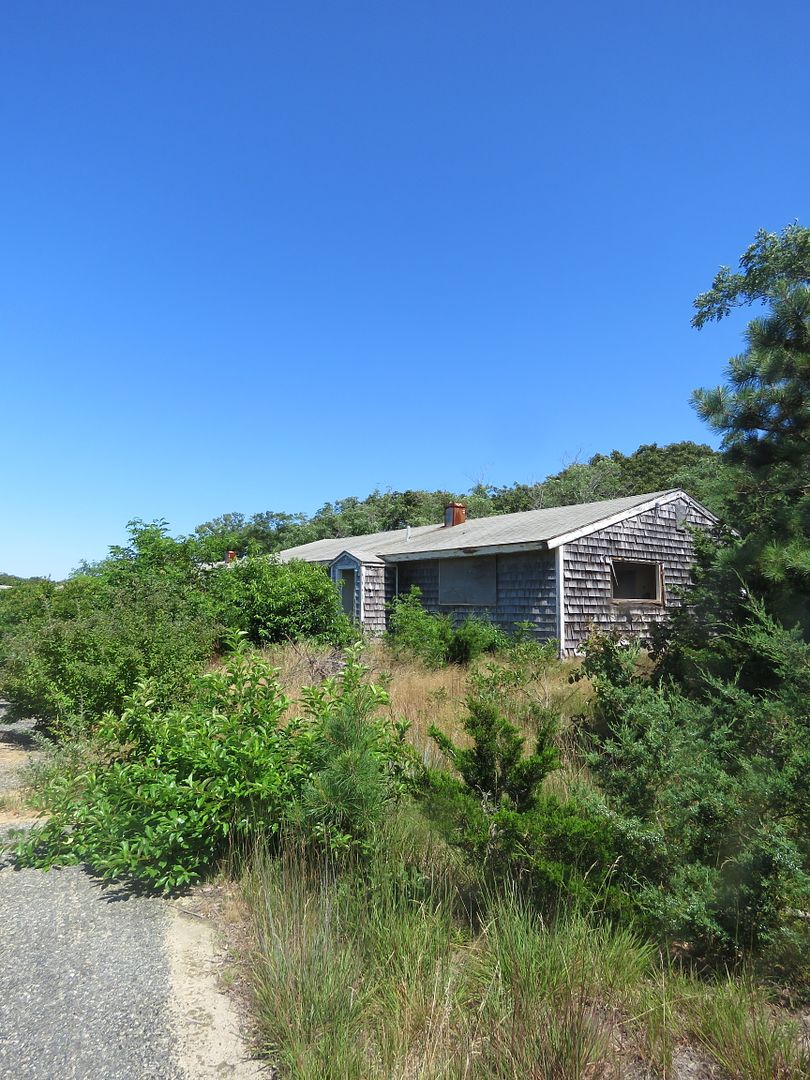

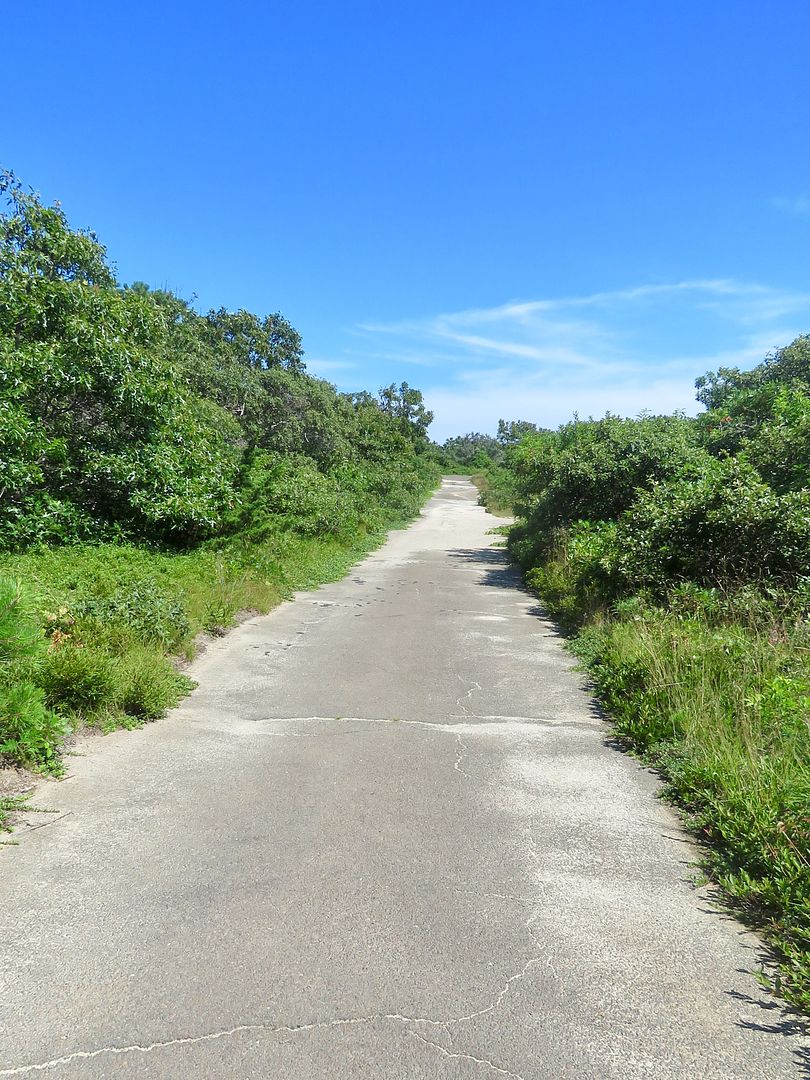

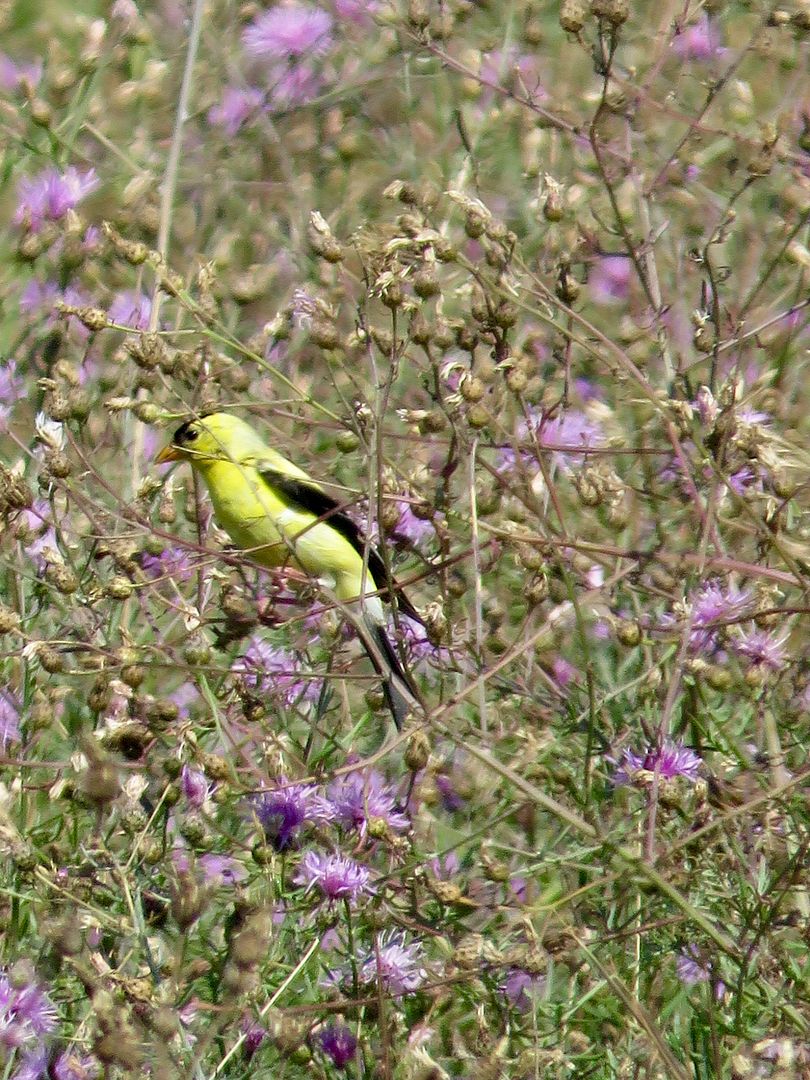
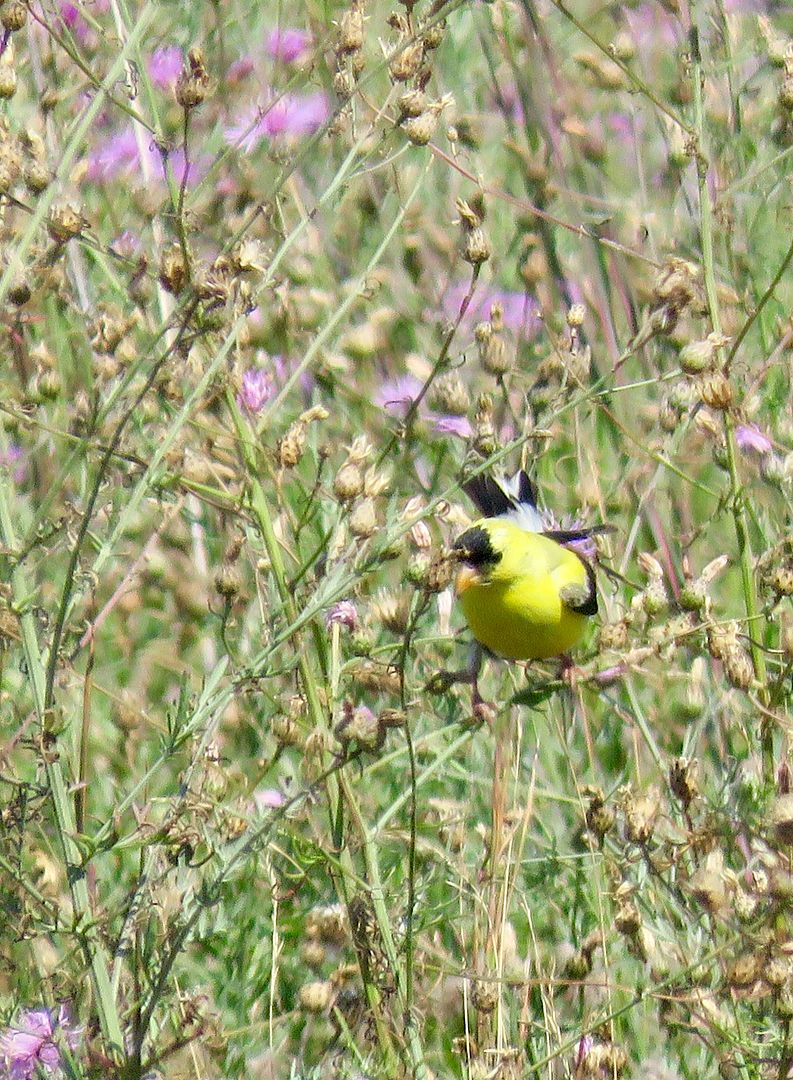

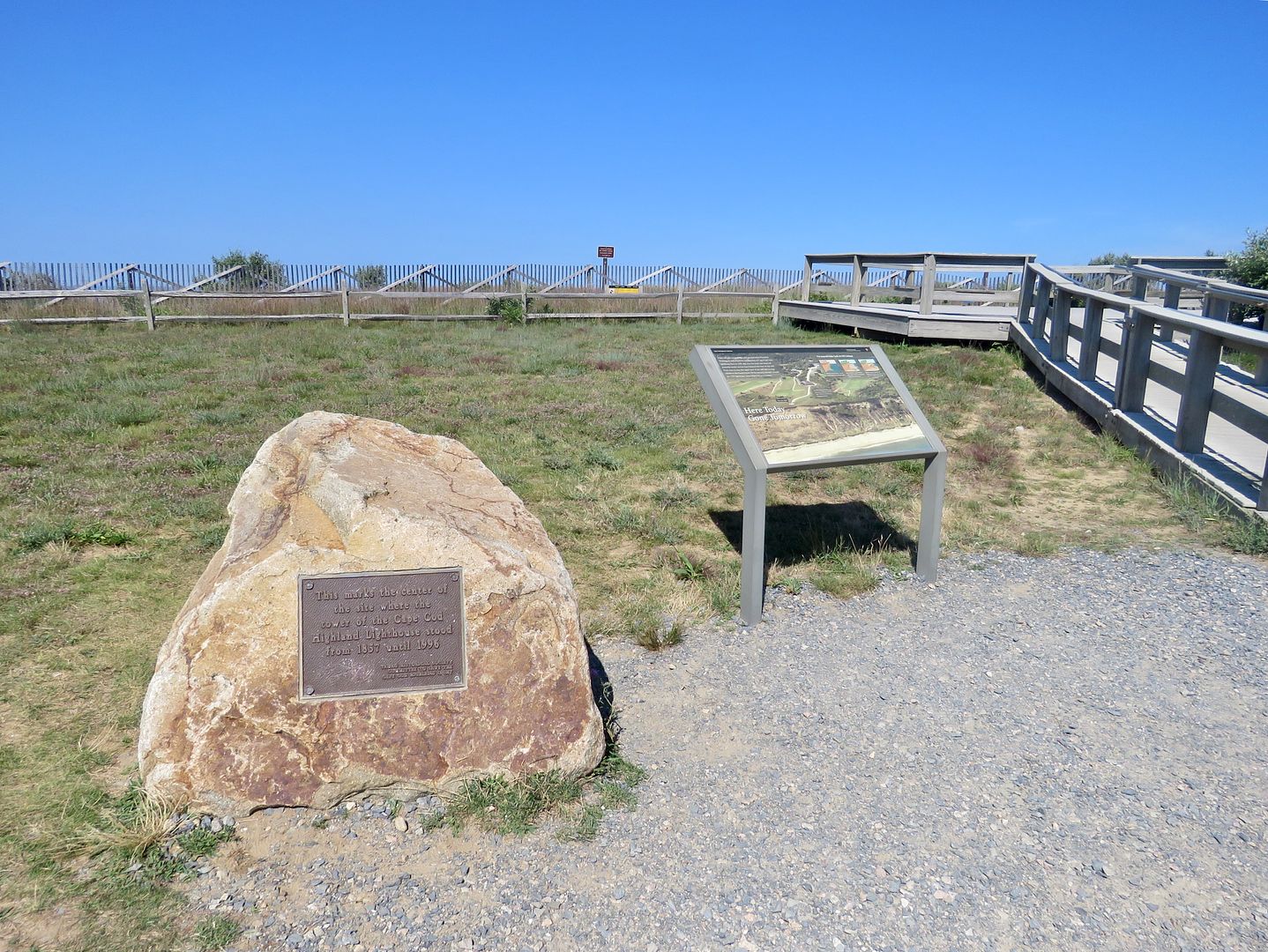
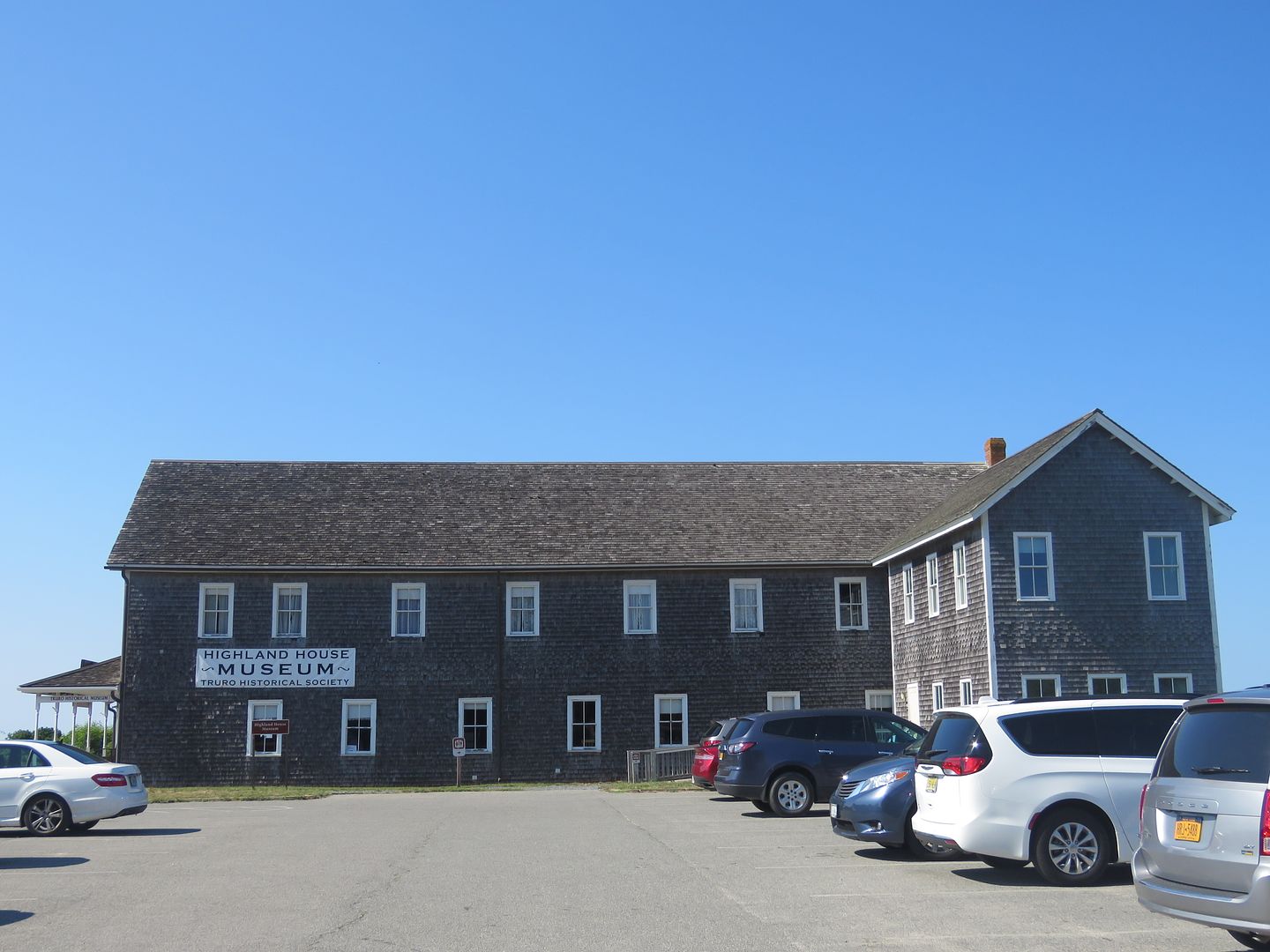

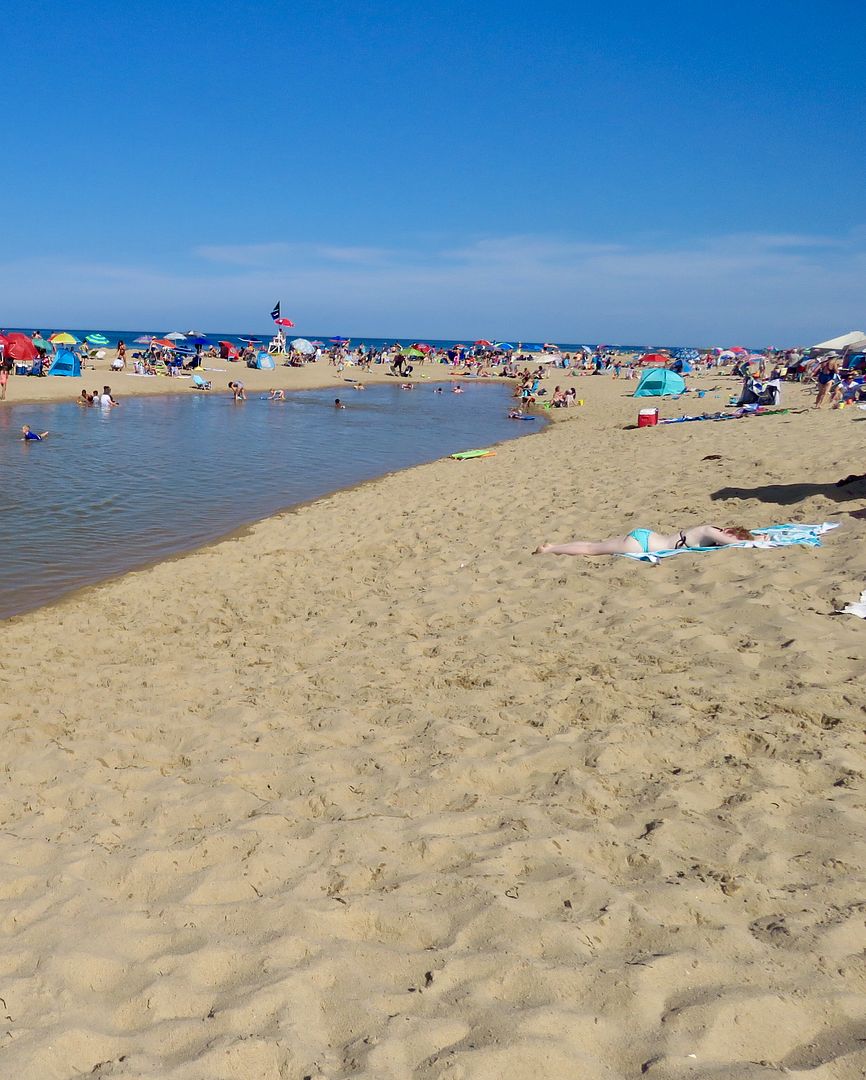

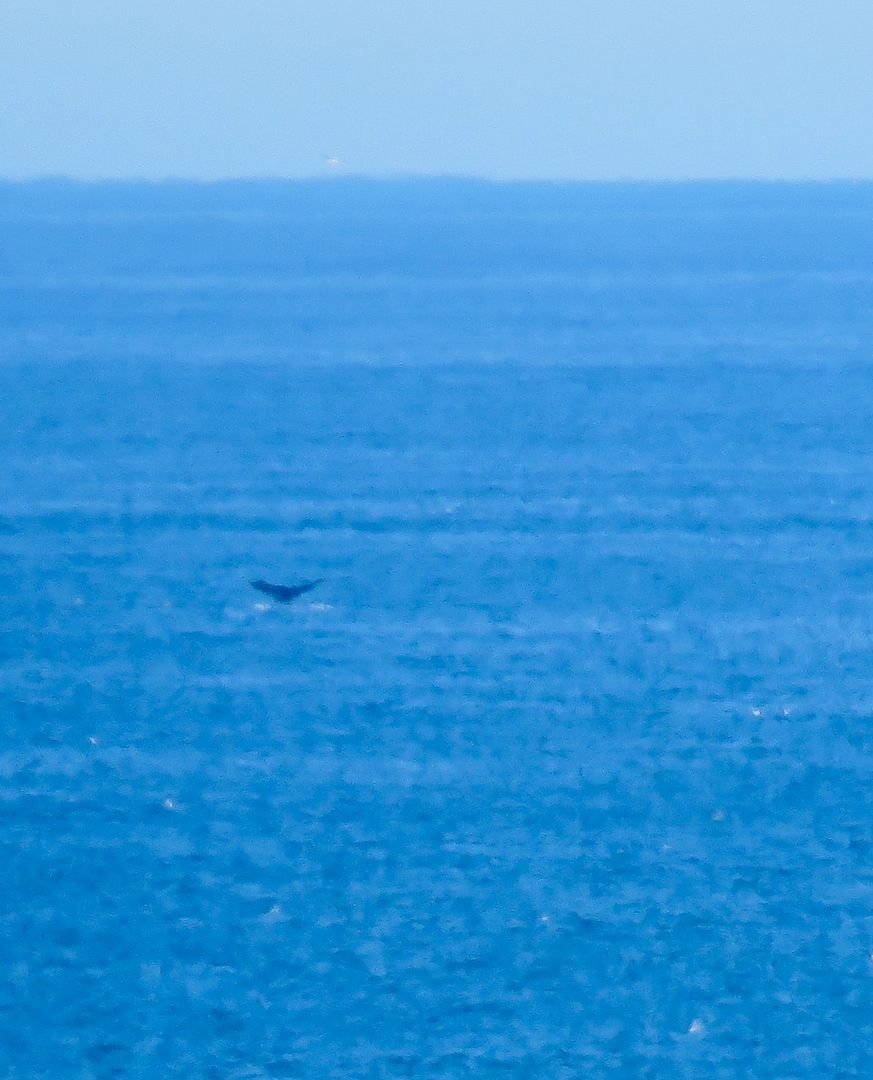

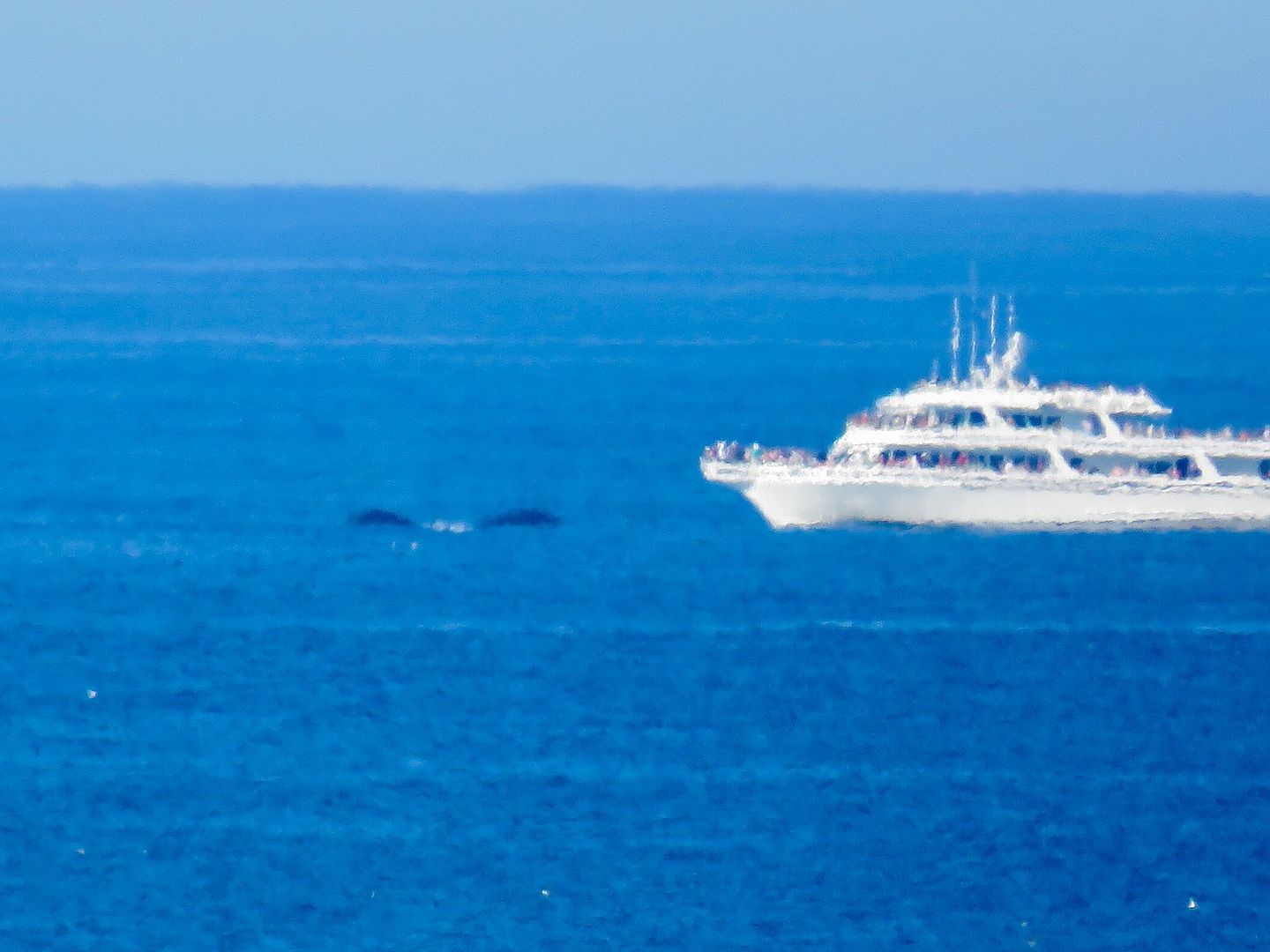
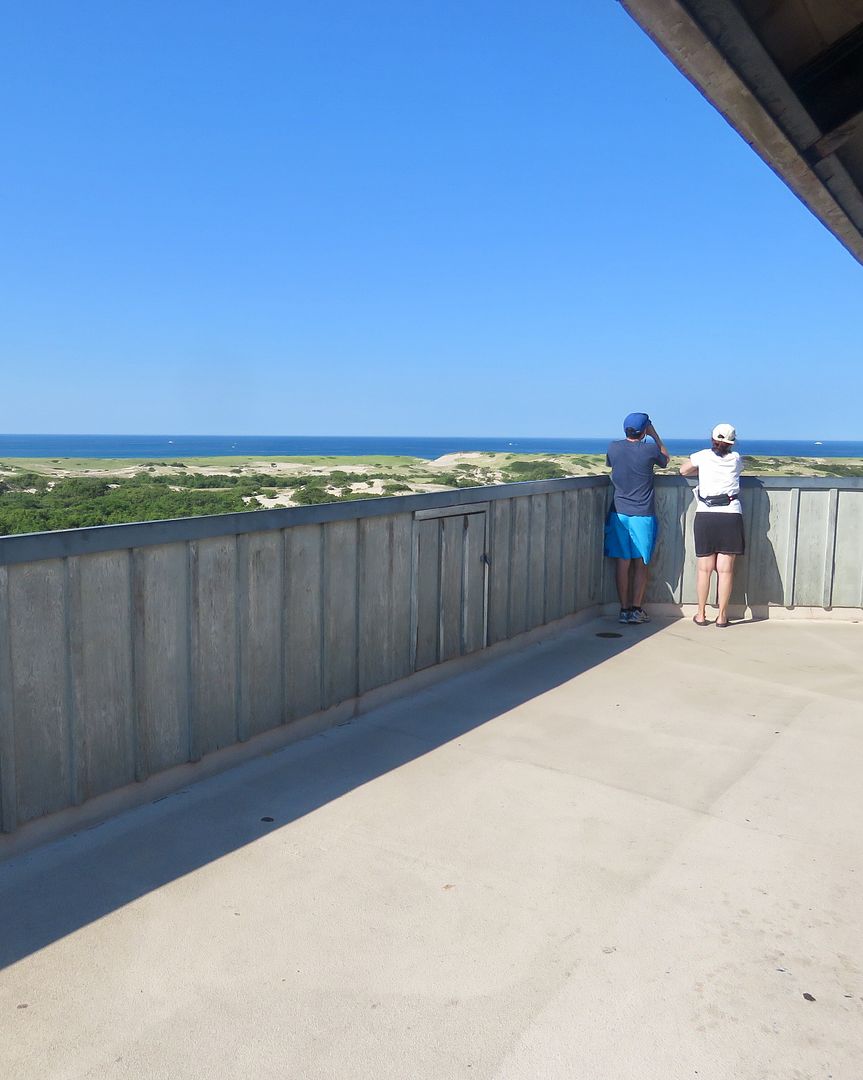
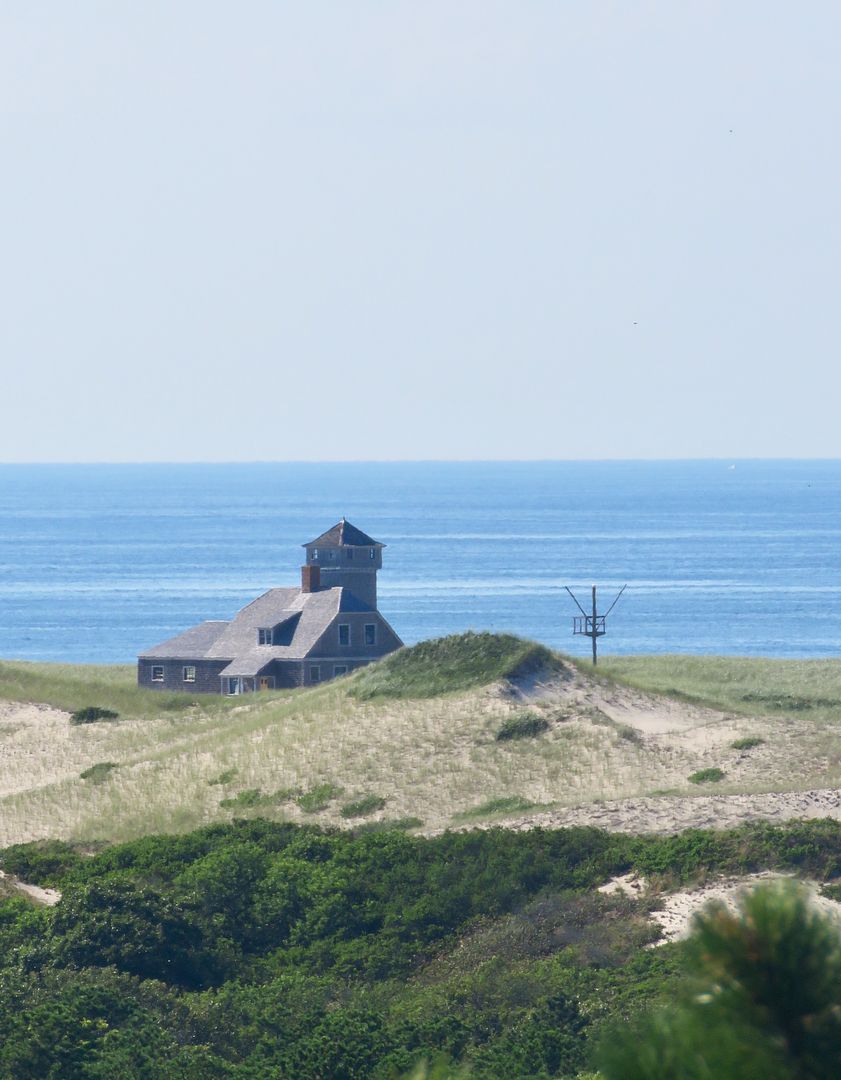
No comments:
Post a Comment